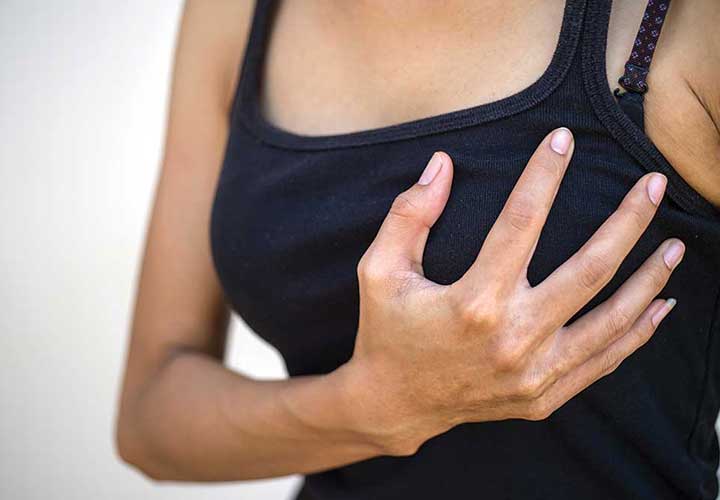Nipple preparation for breastfeeding should start before delivery of the baby.
A retracted nipple is disadvantageous for breastfeeding because the baby finds it difficult to latch on to this kind of nipple. Some women have retracted nipples (that is a nipple that does not protrude out). If you are a woman with retracted nipple, you may notice it yourself if you do self breast examination which is a very good idea or your midwife may notice it during routine examination in the antenatal clinic.
Retracted nipples should be pulled out digitally by the pregnant woman in a careful manner to avoid pain or abrasion or your husband can assist you to pull it out gently digitally or by sucking tenderly on it.
After delivery, if your nipple is soft and small and the baby still has some challenge detecting it, you can put a cold, wet cloth on it for some time. Thereafter, you nipple will become firm and protrude out.
Maternity bras and breast pads are useful accessories for mothers who are breastfeeding. Breast pads help to prevent leaking breast. Daily hygiene of the breast is done by bathing the breast with water. Avoid the use of soap over the breast as this can be a cause of sore or cracked nipple.
Avoid rubbing the breast vigorously. Always pat them. It is always best to air dry your nipples by exposing them for some time. Ensure that you do not leave a wet pad in contact with your nipple for any duration.
Olive oil, calendula cream and hypercum applied to breast pad can help prevent cracked nipples. The use of lotion can help reduce cracked or sore nipples.

